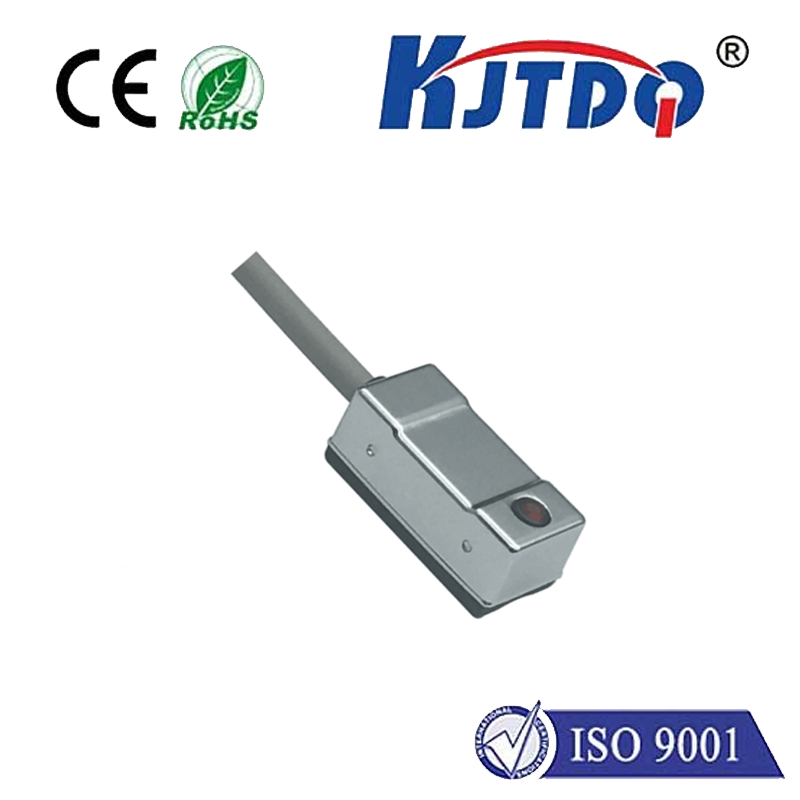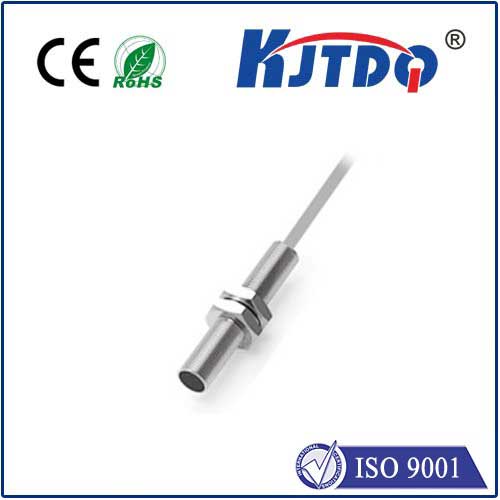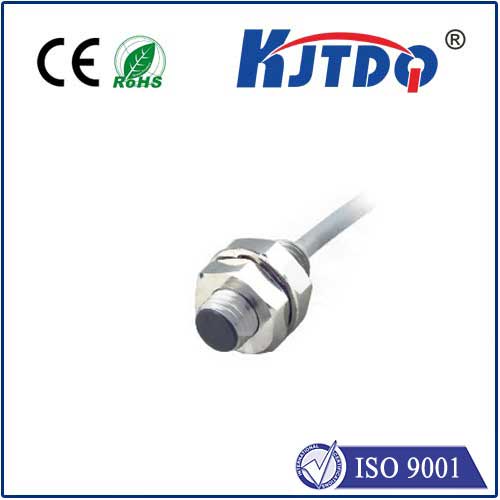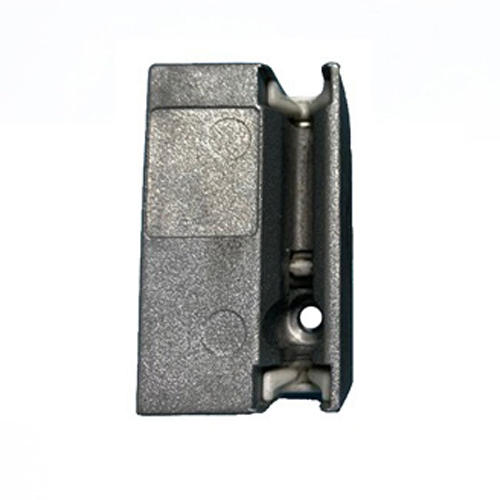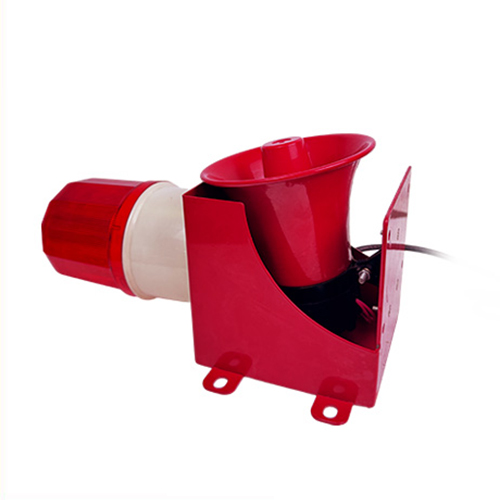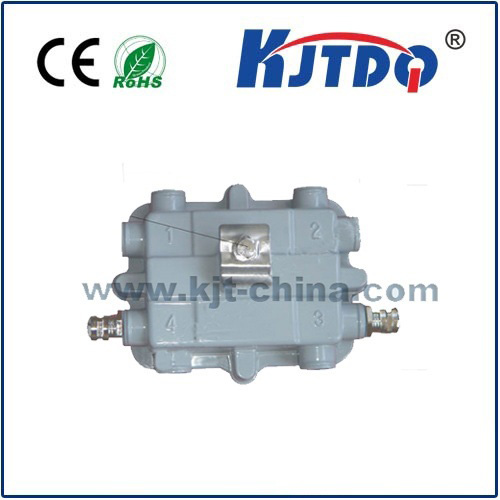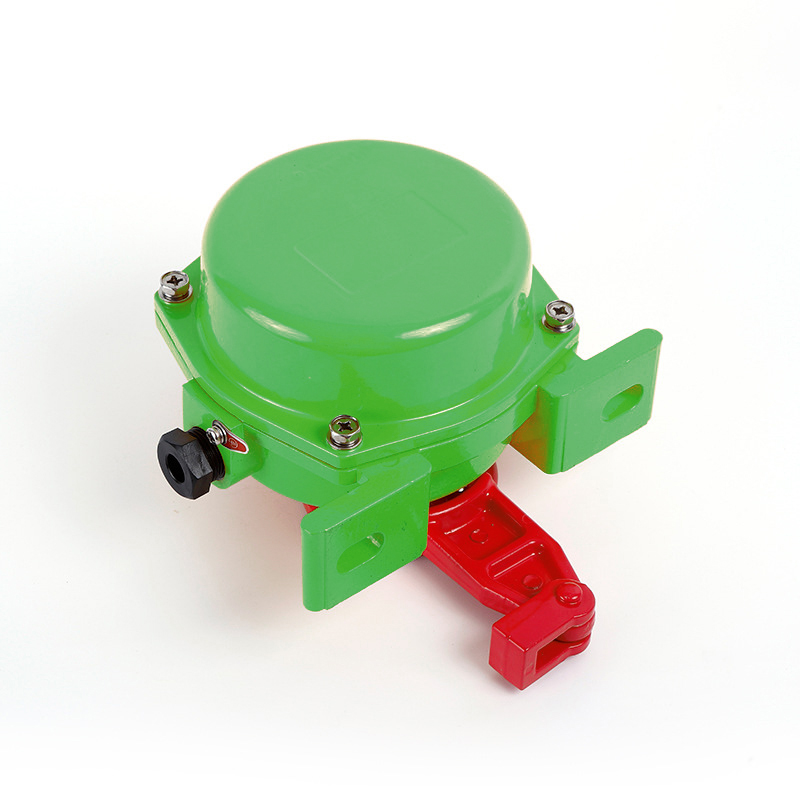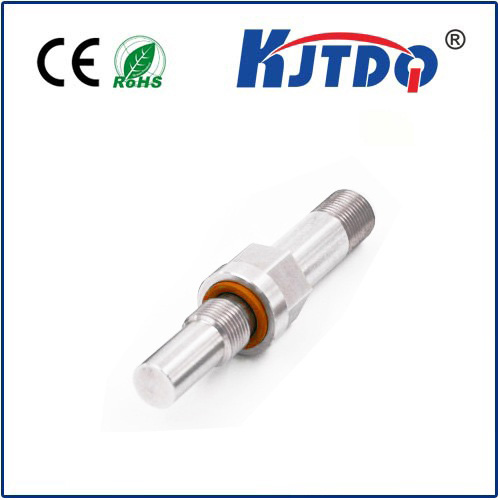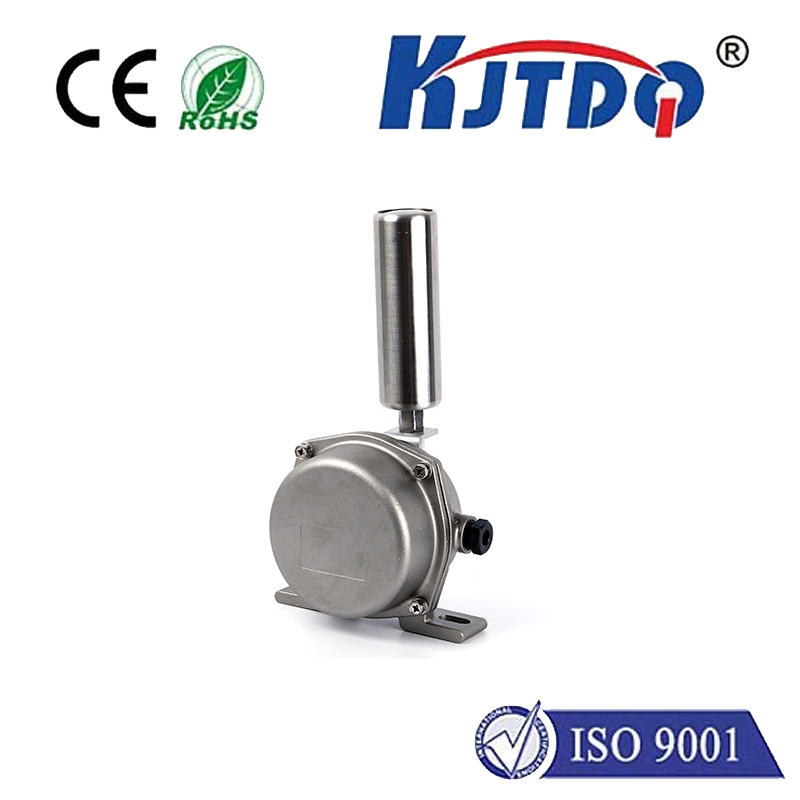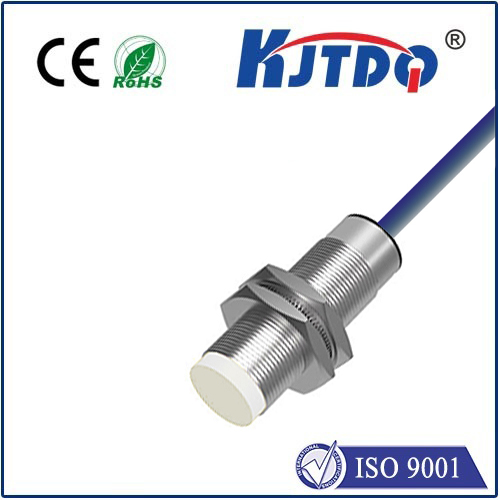

check

check

check

check
Picture this: deep inside a high-speed manufacturing plant, massive gears spin, robotic arms weld with precision, and metal components move along intricate paths. At the heart of this controlled chaos, ensuring everything stays perfectly aligned and safe, operates an unsung hero: the eddy current proximity sensor. This remarkable device provides non-contact, reliable detection and measurement where traditional methods falter. But how does this invisible “silent sentinel” actually work, and why has it become indispensable in demanding industrial environments?
The Core Principle: Harnessing Electromagnetic Magic
At its essence, an eddy current proximity sensor operates on fundamental principles of electromagnetism. When an alternating electrical current flows through the sensor’s coil, it generates a high-frequency oscillating magnetic field extending outwards from its active face. When a conductive target (like steel, aluminum, copper, or brass) enters this field, something fascinating happens.
According to Faraday’s Law of Induction, the changing magnetic field induces swirling circular electrical currents within the conductive material near the sensor’s face. These are the eddy currents. Crucially, these eddy currents generate their own magnetic field, which opposes the original field produced by the sensor coil (Lenz’s Law). This interaction alters the impedance (a combination of resistance and reactance) of the sensor’s coil.
The sensor’s sophisticated electronics continuously monitor this coil impedance. As the distance between the sensor and the target changes, the strength of the eddy currents (and thus the opposing field) changes proportionally. A nearer target causes stronger eddy currents and a larger shift in impedance. The sensor precisely translates this impedance change into a usable output signal – typically an analog voltage or current proportional to distance, or a simple on/off digital switch signal indicating presence or absence.

Why Choose Eddy Current? Unveiling the Key Advantages
Eddy current sensors offer a compelling set of advantages that make them the go-to solution for countless challenging industrial applications:
Where the Silent Sentinel Stands Guard: Key Applications
The unique strengths of eddy current probes translate directly into critical roles across diverse sectors:
Eddy Current vs. The Alternatives: Understanding the Trade-offs
While powerful, eddy current sensors aren’t a universal solution. Understanding how they compare helps in selecting the right tool:
| Feature | Eddy Current | Inductive | Capacitive | Optical (Photoelectric) | Ultrasonic |
|---|---|---|---|---|---|
| Target Material | Conductive Metals Only | Primarily Metals | Any Material | Opaque Objects (Most) | Any Solid/Liquid |
| Sensing Range | ★★ (Small-Moderate) | ★★ (Small-Moderate) | ★ (Very Short) | ★★★★ (Long) | ★★★★★ (Very Long) |
| Environment Tolerance | ★★★★★ (Excellent) | ★★★★ (Very Good) | ★★ (Affected by Humidity) | ★★ (Dust/Light Sensitive) | ★★★ (Good, Affected by Wind) |
| Precision/Resolution | ★★★★★ (Excellent) | ★★★★ (Very Good) | ★★★ (Good) | ★★★★ (Very Good) | ★★ (Moderate) |
| Response Speed | ★★★★★ (Extremely Fast) | ★★★★★ (Extremely Fast) | ★★★★ (Very Fast) | ★★★★★ (Extremely Fast) | ★★ (Moderate-Slow) |
| Non-Metallic Detection | ✗ | ✗ | ✓ | ✓ | ✓ |
| Key Advantage | Precision & Toughness | Cost-Effective Metal Detection | Material Flexibility | Long Range Detection | Versatility & Range |
The Unseen Advantage: Enhancing Safety, Efficiency, and Quality
The true impact of eddy current proximity sensors extends far beyond simple detection. By enabling non-contact precision measurement in environments hostile to other technologies, they become fundamental to:
From the relentless pace of an automotive assembly line to the critical tolerances inside a jet engine, the eddy current proximity sensor continues to prove its value. Its blend of electromagnetic precision, rugged reliability, and non-contact operation makes it an essential, often invisible, component driving modern industry forward. When your application demands robust, high-precision detection of metallic objects in tough conditions, this “silent sentinel” should be your primary consideration.
